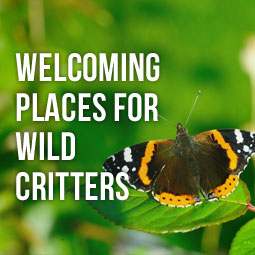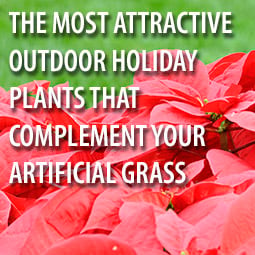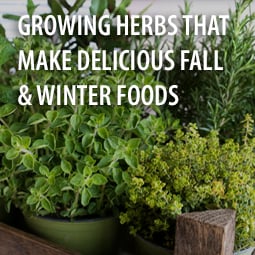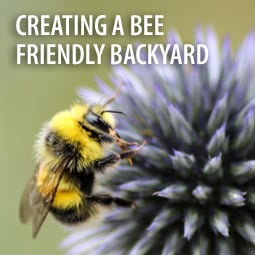 Anyone who has ever tried to create and maintain a lovely landscape knows that persistent invaders such as moles, gophers, rabbits, et al, can wreak havoc in no time at all. By switching from natural grass to an artificial grass lawn, you automatically dissuade these unwelcome invaders. Since they can’t dig holes in your lawn or chew it up, they head off to wreck someone else’s yard instead.
Anyone who has ever tried to create and maintain a lovely landscape knows that persistent invaders such as moles, gophers, rabbits, et al, can wreak havoc in no time at all. By switching from natural grass to an artificial grass lawn, you automatically dissuade these unwelcome invaders. Since they can’t dig holes in your lawn or chew it up, they head off to wreck someone else’s yard instead.
That’s worth celebrating, for sure. And now that you’re rid of them, you can transform your yard into an inviting place for the good-guy critters.
How does that work?
In urban and suburban neighborhoods, desirable wild critters are often in short supply because their habitat has been compromised or eradicated altogether. They’re hoping for a comeback, though, and you can make that happen. Simply plan your garden to include all the goodies birds, bees, butterflies, and bats love most.
Why bring these flying beauties into your yard? Well, their colorful details should be reason enough. But they bring purely practical benefits as well. As they move around your garden, they collect and distribute pollen, making sure the panoply of plants is able to multiply for the future. In fact, many plants are entirely dependent on insect pollinators for reproduction and survival.
Give ’em what they want
By choosing plants that attract birds and pollinators to your garden, you can exponentially increase the daily flora and fauna show right in your own backyard. Butterflies and hummingbirds are focused on finding that oh-so-sweet nectar. Bees, on the other hand, need both nectar and pollen from the flowers they visit.
Hummers are attracted to brightly-colored tubular flowers, especially reds and oranges. Bees like paler white, yellow, and blue shades. Butterflies and bees need to sit still in order to feed, so they prefer flatter, daisy-like flowers. Birds love fruits and berries. Many gardeners like to add a bird feeder or two, but with the right garden design you can offer a tempting and diverse all-natural menu.
To do that, choose plants that offer multi-season feeding opportunities and also plants that come into play at various times from early spring through the final days of fall. The more diverse your offerings, the wider the variety of wild critters you’ll attract. You don’t even have to design it yourself – check out this webpage for plans for all sorts of “critter-friendly” garden plans (two dozen in all!)
Get what you want, too
By presenting food, water, and friendly surroundings, you can reap untold benefits in birdsong, colorful flying creatures, and – yep – fewer bothersome bugs.
Do you hate, hate, HATE mosquitoes? Who doesn’t? Then build a bat house for your yard. You can cheer on the little critters flitting around like dark butterflies at dusk, as you’re relaxing on your patio or your faux grass lawn, blissfully free of whining, biting mosquitoes. Not ready for bats? Birds such as swallows and purple martins eat mosquitoes and other insects, too, and they’re very social. So build houses for them.
Water sustains life
All wild critters need water. And that’s often in even shorter supply in urban and suburban settings than food. So add a birdbath to your garden. And a very shallow saucer or hollowed-out stone where bees and butterflies can safely drink.
The truth is, almost any flowers will attract a few of the wild critters you want. But a strategically-planned garden that deliberately incorporates native and drought-tolerant plants creates a sustainable and lovely environment for your family as well as nature’s tiny creatures.












